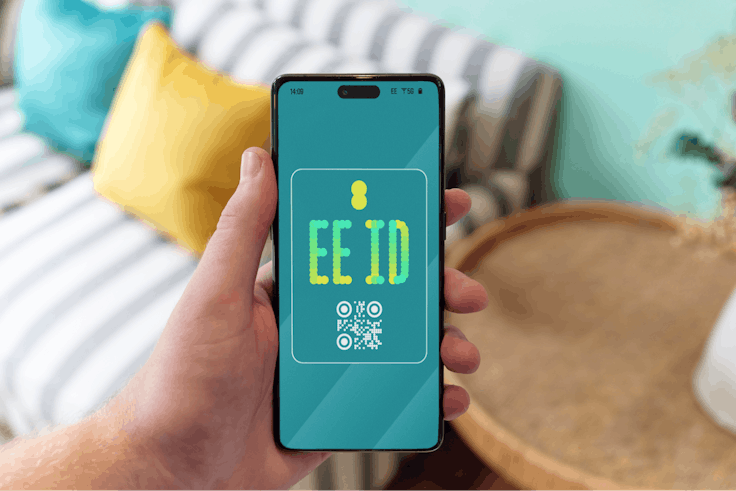‘Brand equity transfer’: EE launches ‘biggest’ brand refresh in a decade
EE is in the process of shedding its telecoms label, with a rebrand aimed at making it the UK’s biggest subscription business.
 The era of the ‘New EE’ has launched, as the brand seeks to move away from the strict label of ‘telecoms company’ and into a far broader subscription-based model.
The era of the ‘New EE’ has launched, as the brand seeks to move away from the strict label of ‘telecoms company’ and into a far broader subscription-based model.
The rebrand is proposition-led, with EE retaining the same logo and colour palette. However, it is being increasingly positioned as the flagship brand with BT getting deprecated further.
Christian Thrane, EE’s managing director of marketing, tells Marketing Week it marks “a brand equity transfer”, that makes clear to consumers the ‘new EE’ is a combination of the two brands, not a replacement.
While the ‘powered by BT’ label across its connectivity products will remain for continuity’s sake, the BT brand will be deprecated in line with the brand’s stated aim to prioritise EE from earlier this year.
It is launching a nationwide advertising campaign tomorrow (20 October) to communicate its new direction – the largest since EE’s launch in 2012.
Until now EE customers have been required to have a contract with either EE or BT, meaning its customer base was limited to people who had a phone number or broadband service with the company as its range of products and subscriptions were only available to those pre-existing customers.
Now, with the launch of the EE ID – a digital identifier available to everyone – that is changing. Set up through the EE app, EE ID offers a gateway for customers into EE’s portfolio of products and services including consumer electronics and insurance, regardless of which mobile or home broadband network they’re on. It is a play for subscription revenue divested of the phone contracts that were the previous portal into the EE ecosystem.
Thrane says the brand has a touchpoint in every second household in the UK, which means it is in a perfect position for the change in proposition. “We’ve always been a subscription business, there’s almost no business that’s not trying to drive recurring revenue, whether you sell dog food, or whatever, you try to build a subscription. So we’re taking that subscription business and leveraging it to do more, to start building more relevance in other categories.”
EE on its ambition to build a ‘new’ brand
He notes the previous proposition limited EE’s potential consumer base, citing its push into selling games consoles as an example. “We’ve moved from where we were into being one of the leading providers of gaming consoles in the country, selling to only EE mobile customers.” That, he says, limits EE’s reach to around one-third of the addressable console market in the UK.
Shift in tone
The explicitly named ‘New EE’ campaign is designed to showcase how EE will help to “elevate the everyday” by focusing on four behaviour patterns it believes the UK public turn to EE to indulge in: home, learn, work and game.
It is EE’s largest campaign for more than a decade, featuring nationwide advertising and experiential activity, a redesigned retail experience, and customer communications for pre-existing users, in addition to social media executions and editorial content.
Thrane notes the shift is “huge”, and that informing consumers used to the ‘old’ EE about the capabilities of the new one is a big task. However, he says its investment in advertising tech and personalisation tools allows it to target specific audiences rather than indiscriminately buying advertising space by medium.
“It’s a combination of the broad reach to start. And then it’s a combination of being much more data-driven in understanding intent, on working with the paid platforms out there, working with our media agency to pick up intent and then to communicate to customers [in appropriate and specific moments].”
Why brands are taking a pragmatic approach to experiential marketing
He notes the change in proposition has led to a change in the marketing team structure within EE. The teams with responsibility for personalisation and the marketing team are “coming together in a way they haven’t done before”, he says.
EE is also “leveraging some capabilities around automation and AI” to help it to better target and personalise messages. It is, he adds, a process that is constantly in the process of evolving.
When the campaign launches on Friday EE will need to land the idea that EE’s subscriptions and products are now available to people beyond existing EE consumers. The hope is that as consumers enter the EE ID digital ecosystem, and it is able to upsell further products and subscriptions to a wider range of potential customers.








Comments